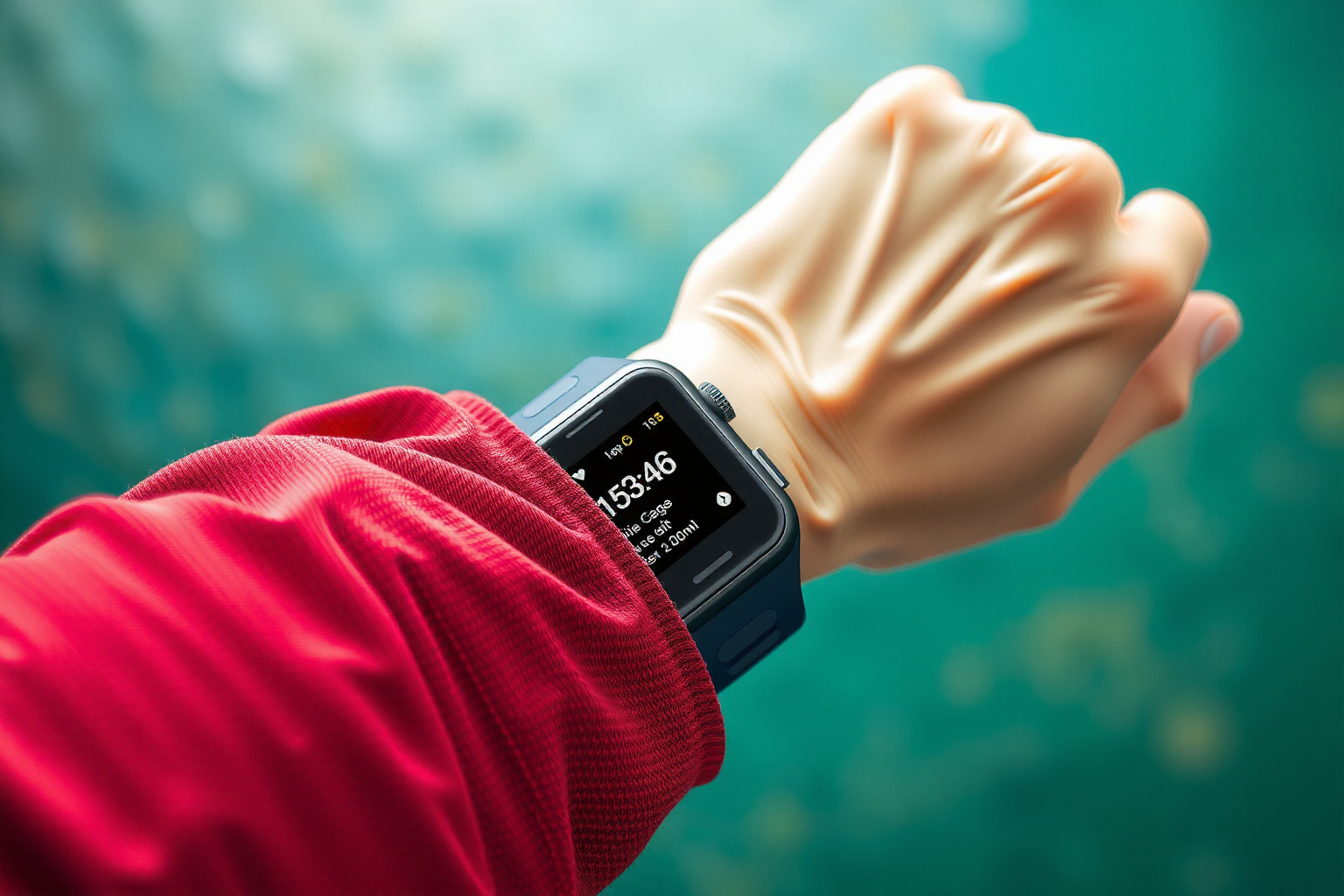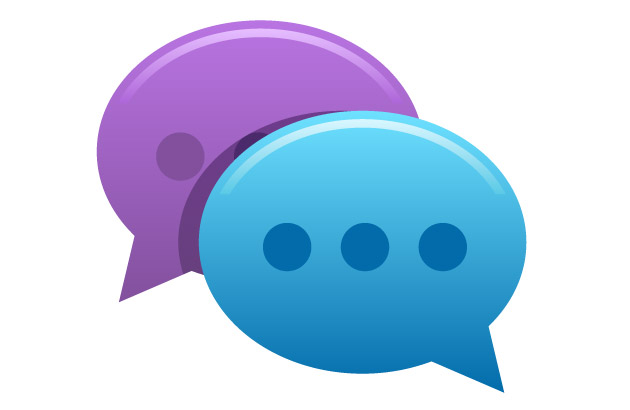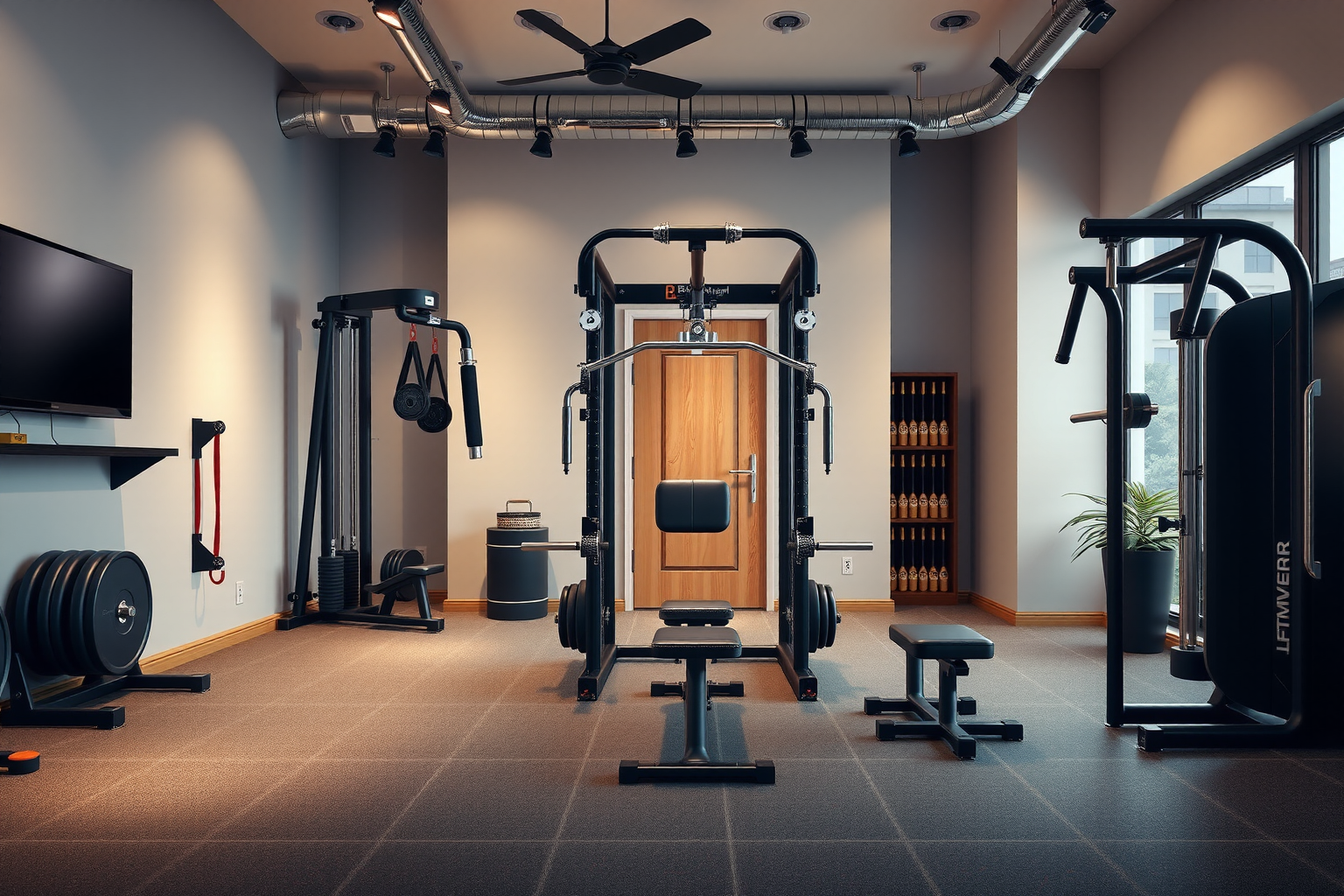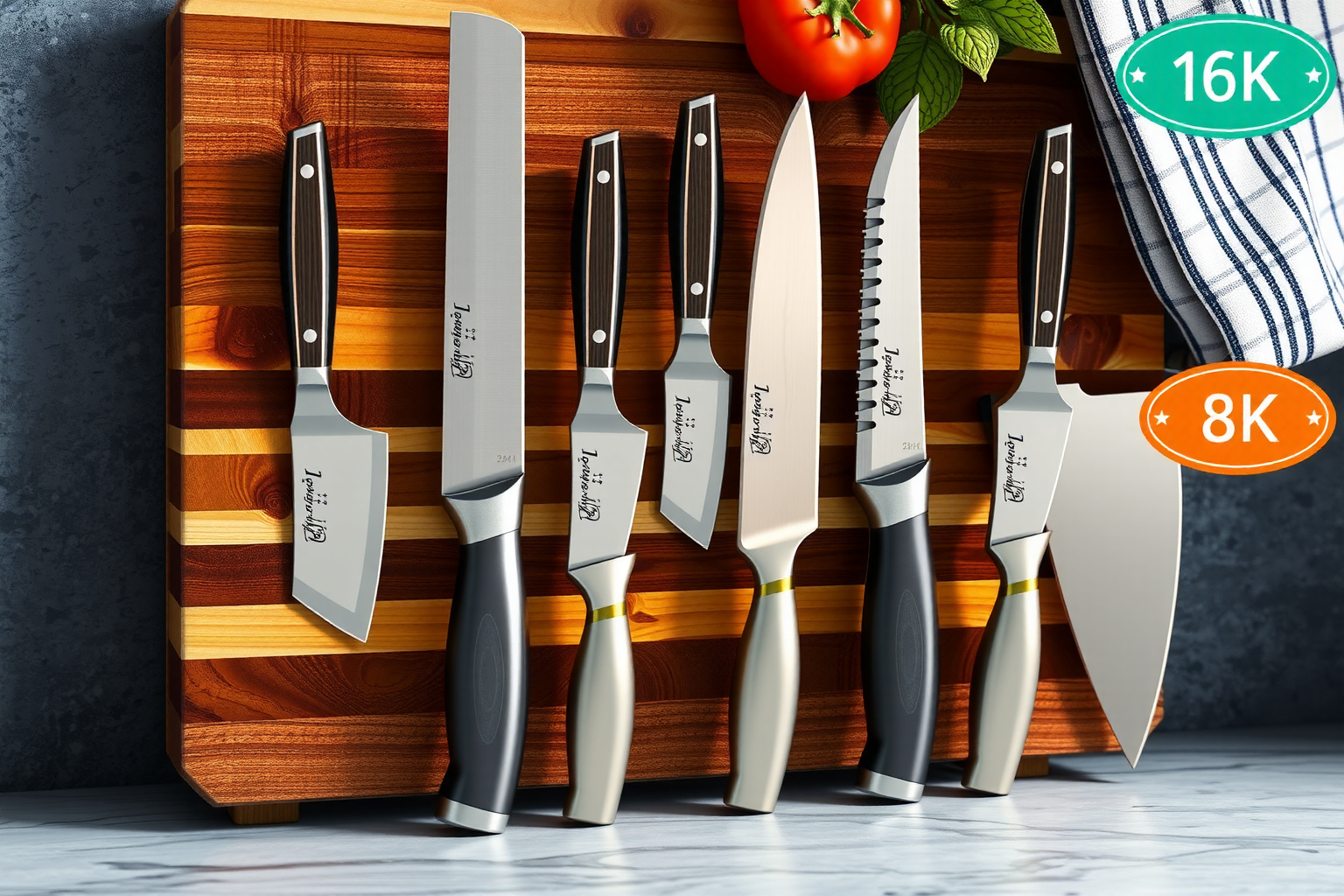Best Fitness Tracker Buying Guide: Find the Best One for Your Goals
Fitness trackers have evolved from niche gadgets for calorie counters to must-have tools for millions chasing health, strength, or just a little more daily movement. In 2025, the market is buzzing with options—sleek wristbands, smart rings, even AI-powered coaches—all promising to be the best fitness tracker 2025 has to offer.
With so many brands and models vying for your wrist (or finger), picking the right one can feel overwhelming. The good news? There’s a perfect tracker out there for every goal, lifestyle, and budget. This guide breaks it all down—features, pros, cons, and insider tips—so you can find the ideal match without breaking the bank or your patience. Let’s dive in.
Why Fitness Trackers Matter in 2025
Once a novelty, fitness trackers are now everyday essentials, blending style with science to keep you moving. They’re more than step-counters—they’re personal health hubs, tracking everything from sleep quality to stress levels.
In 2025, advancements like AI-driven insights and seamless connectivity (think Wi-Fi and Bluetooth syncing) make them smarter than ever.
Whether you’re a marathon runner, a casual walker, or someone aiming to shed a few pounds, the best fitness tracker 2025 offers can turn vague goals into clear progress. But with options ranging from $20 clip-ons to $500 smartwatches, how do you choose? It starts with knowing what you want.
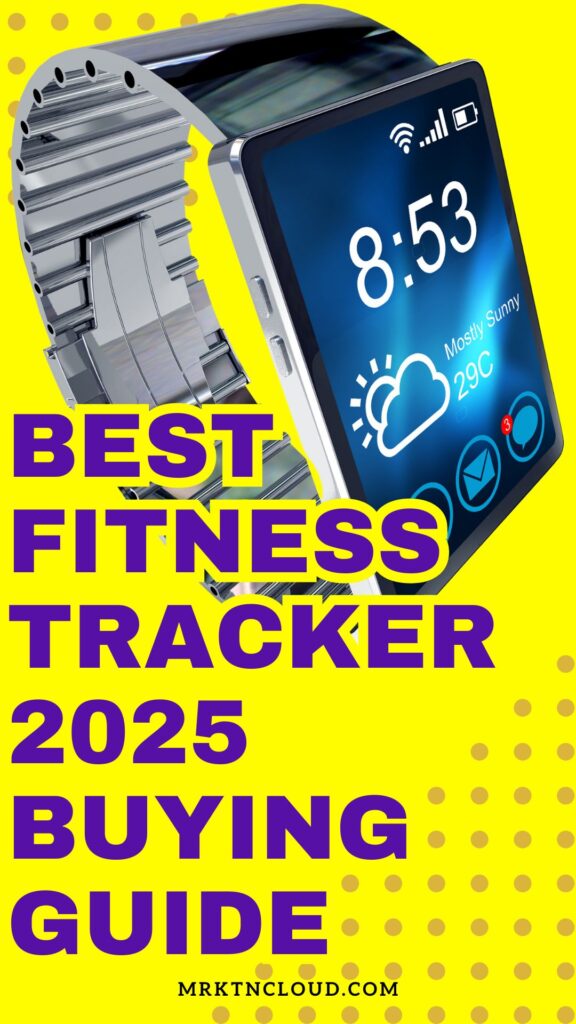
Best Fitness Tracker 2025 Buying Guide
Step 1: Know What You Want
Before you get lost in the sea of fitness trackers, pin down your goals. Are you after overall wellness—better sleep, more steps, a calmer mind? Maybe you’re sculpting your physique with strength training or targeting a 5K PB. Each goal points to a different kind of tracker:
- General Health: Basic models with step counts, heart rate, and sleep tracking suffice.
- Weight Loss: Look for precise calorie tracking and food logging integration.
- Endurance Sports: GPS, pace tracking, and recovery metrics are key.
- Strength Training: Seek trackers that log reps or strain beyond cardio.
Clarity here narrows your search. A runner won’t need the same gadget as a yogi—and that’s where finding the best fitness tracker 2025 for you begins.
Step 2: Understand the Features
Fitness trackers in 2025 come loaded with features—some you’ll love, some you’ll never touch. Here’s a rundown of what’s out there and how to match them to your goals:
Core Features
- Step Counting: The classic. Nearly all trackers nail this—great for daily activity buffs.
- Heart Rate Monitoring: Tracks beats per minute (BPM) 24/7. Essential for cardio fans or anyone watching heart health.
- Calorie Tracking: Estimates burn based on activity and stats (age, weight). Vital for weight management.
- Sleep Tracking: Logs duration and stages (light, deep, REM). Perfect if rest is your focus.
Advanced Features
- GPS: Maps runs, rides, or hikes with pinpoint accuracy. Runners and cyclists, this is your must-have.
- Blood Oxygen (SpO2): Measures oxygen saturation—handy for high-altitude training or sleep apnea checks.
- Stress Monitoring: Uses heart rate variability (HRV) to gauge tension. A gem for mindfulness seekers.
- AI Coaching: New in 2025—think personalized workout tips or recovery advice from brands like Whoop or Fitbit.
Niche Features
- ECG: Detects irregular heart rhythms—rare but clutch for health nuts.
- Menstrual Tracking: Logs cycles and predicts fertile windows—ideal for women’s health.
- Body Temperature: Spots fever or tracks ovulation—subtle but useful.
Not every feature fits every user. A swimmer needs water resistance (50m+), not a fancy touchscreen that dims underwater. List your must-haves, then filter out the fluff.
Types of Fitness Trackers: Watches, Bands, Rings, and More
Fitness trackers come in different shapes and sizes, each with its own vibe and purpose. In 2025, the variety—watches, bands, rings, even clip-ons—means there’s a style for every goal and personality. Knowing the types helps you zero in on the best fitness tracker 2025 has for you. Let’s break them down:
Fitness Watches
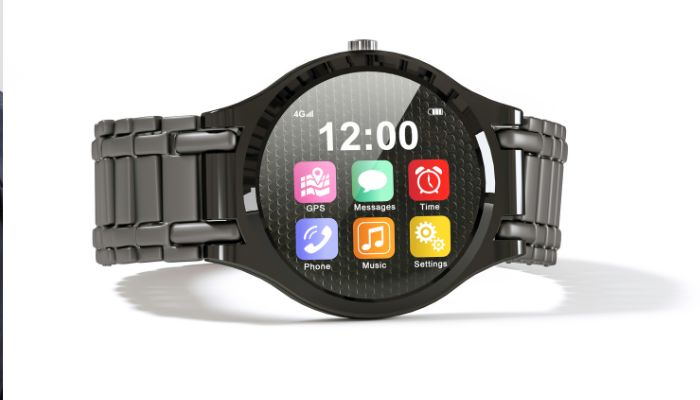
- What They Are: Full-on smartwatches with fitness at their core—think big screens, app integration, and robust tracking.
- Key Features: GPS, heart rate, sleep tracking, plus extras like calls, texts, and music control. Often water-resistant (50m+).
- Examples: Apple Watch Series 10, Garmin Forerunner 265, Fitbit Versa 4.
- Pros:
- All-in-one—fitness plus smart features (e.g., Siri, Google Wallet).
- Detailed displays for real-time stats—pace, distance, BPM.
- Customizable with bands and apps—style meets function.
- Cons:
- Battery life lags (18-36 hours for Apple Watch; Garmin stretches to days).
- Pricier—$200-$500+ range.
- Bulkier—might feel clunky for sleep or small wrists.
- Best For: Tech-savvy users, runners, or anyone wanting a do-it-all device. If you’re eyeing the best fitness tracker 2025 for sports and connectivity, watches lead the pack.
Fitness Bands
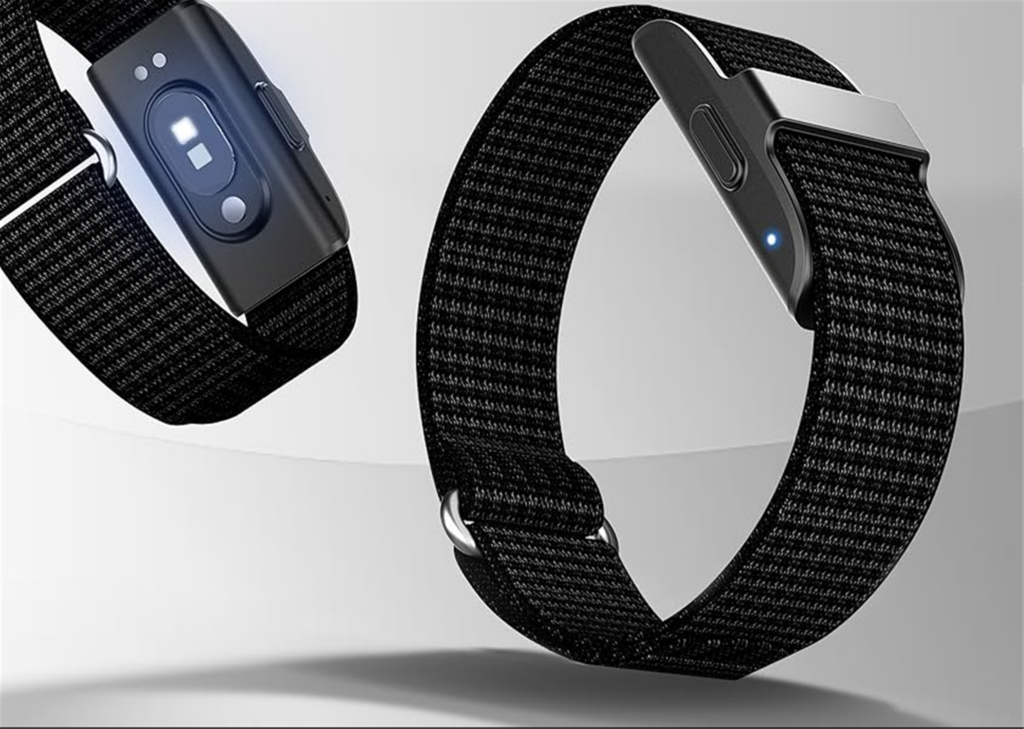
- What They Are: Slim, wrist-worn trackers focused on fitness essentials—lighter and simpler than watches.
- Key Features: Steps, heart rate, sleep, sometimes GPS (e.g., Fitbit Charge 6). Smaller screens, longer battery life.
- Examples: Fitbit Inspire 3, Amazfit Band 7, Xiaomi Mi Band 8.
- Pros:
- Lightweight and comfy—barely notice it’s there.
- Budget-friendly—$30-$150 gets you solid options.
- Battery lasts days to weeks (Mi Band hits 14+ days).
- Cons:
- Fewer smart features—no calls or robust apps.
- Basic displays—less detail mid-workout.
- GPS isn’t universal—check specs if you run outdoors.
- Best For: Beginners, casual movers, or anyone after no-frills tracking. A band could be your best fitness tracker 2025 if simplicity’s your jam.
Fitness Rings
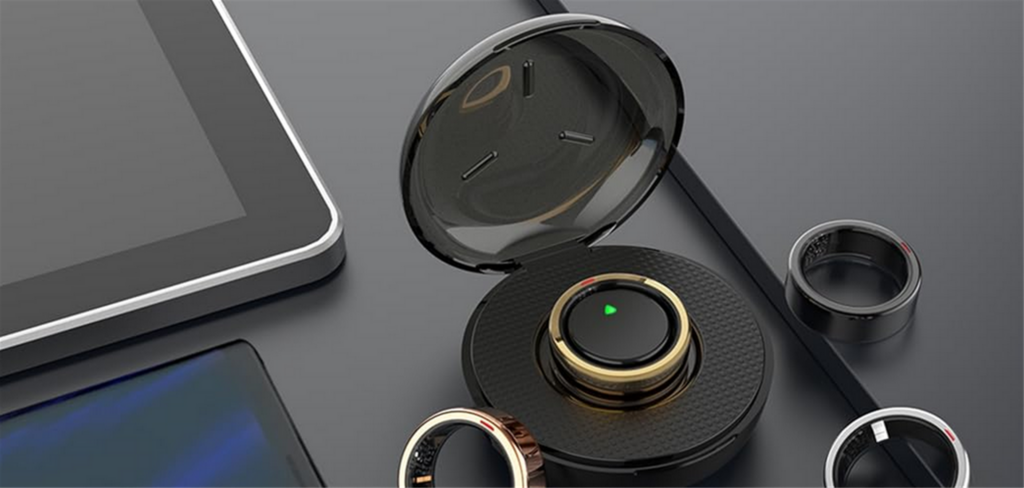
- What They Are: Discreet, finger-worn trackers that prioritize sleep and recovery over flash.
- Key Features: Sleep stages, heart rate variability (HRV), temperature, SpO2—no screen, all app-driven.
- Examples: Oura Ring 4, Ultrahuman Ring Air.
- Pros:
- Subtle—looks like jewelry, not tech.
- Sleep tracking shines—deep insights into rest and readiness.
- Long battery (5-7 days)—low maintenance.
- Cons:
- No real-time feedback—no screen for workouts.
- Subscription fees ($6-$10/month) unlock full data.
- Limited workout tracking—best paired with another device for exercise.
- Best For: Sleep buffs, recovery-focused folks, or minimalists. If rest is your goal, a ring might be the best fitness tracker 2025 for you.
Clip-On Trackers
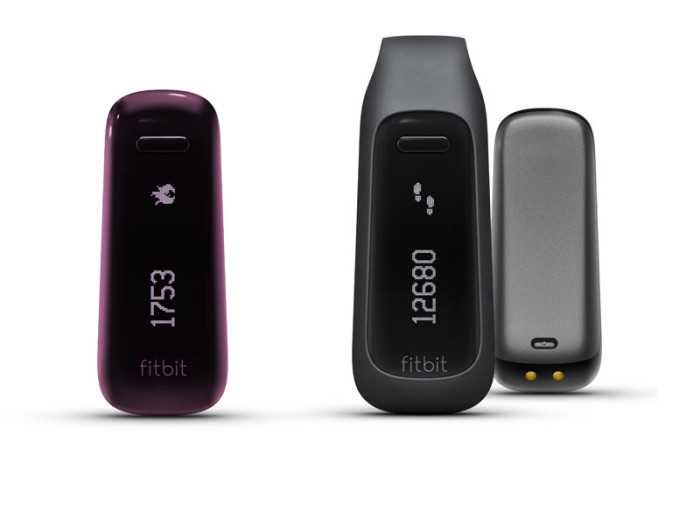
- What They Are: Small, attachable devices—no wrist required. Clip to your waist, shoe, or pocket.
- Key Features: Steps, calories, sometimes sleep—basic but effective. No GPS or fancy screens.
- Examples: Fitbit One (older but still kicking), Bellabeat Spring (water bottle hybrid).
- Pros:
- Ultra-portable—clip and forget.
- Cheap—$20-$50 range.
- No wrist clutter—great if you hate wearables.
- Cons:
- Barebones—misses HR, GPS, advanced metrics.
- Easy to lose—small size is a double-edged sword.
- Outdated feel—2025 leans toward wrist or ring tech.
- Best For: Sedentary starters or anti-wristband folks needing a nudge to move.
Chest Straps (Bonus Type)
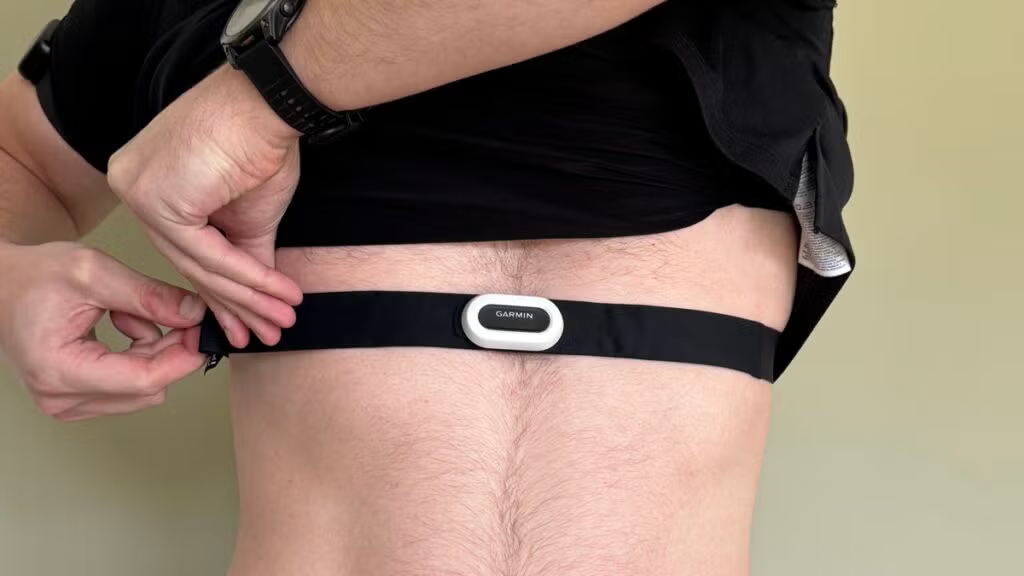
- What They Are: Straps worn around your torso—less common but gold for heart rate precision.
- Key Features: ECG-level heart rate, pairs with watches or apps via Bluetooth.
- Examples: Polar H10, Wahoo TICKR.
- Pros:
- Unmatched HR accuracy—beats wrist sensors for intense workouts.
- Lightweight for exercise—not a daily wear.
- Syncs with other gear—boosts your main tracker.
- Cons:
- Not standalone—needs a phone or watch.
- Uncomfy for all-day use—exercise-only vibe.
- Niche—most skip it unless training hard.
- Best For: Serious athletes pairing with a watch for pro-level data.
Step 3: Consider Your Lifestyle
Your day-to-day shapes your tracker choice as much as your goals. Are you glued to a desk or always on the move? A weekend warrior or a gym rat? Here’s how lifestyle plays in:
- Sedentary Folks: Clip-ons like the Fitbit One or simple bands (e.g., Amazfit Band 7) track steps without fuss—no GPS needed.
- Active Types: Regular exercisers crave durability, sweat-proof designs, and GPS—think Garmin or Apple Watch.
- Style-Conscious: Sleek options like the Oura Ring or Fitbit Luxe double as jewelry, not just tech.
- Tech Lovers: Smartwatch hybrids (e.g., Apple Watch Series 10) sync calls, texts, and apps—fitness plus function.
Battery life matters too. A week-long trek demands a Garmin Fenix’s 20-day juice, not an Apple Watch’s 18-hour sprint. Match the tracker to how you live.
Step 4: Set a Budget
Fitness trackers span a wild price range—$20 to $600+. Good news: you don’t need to max out to get quality. Here’s the breakdown:
- Under $50: Basics like Xiaomi Mi Band 8—steps, heart rate, decent battery.
- $50-$150: Mid-tier champs like Fitbit Inspire 3 or Amazfit Active 2—color screens, GPS, solid apps.
- $300+: Elite tier—Garmin Fenix 8, Apple Watch Ultra—rugged, feature-packed, long-lasting.
Set a cap you’re comfy with, then hunt within it. Subscriptions (e.g., Whoop’s $30/month) can sneak up—factor those in too.
Step 5: Compare Models and Read Reviews
With goals, features, lifestyle, and budget in mind, it’s comparison time. The best fitness tracker 2025 contenders vary wildly—here’s a snapshot of top players:
- Fitbit Charge 6: GPS, ECG, Google integration—great for all-rounders ($160).
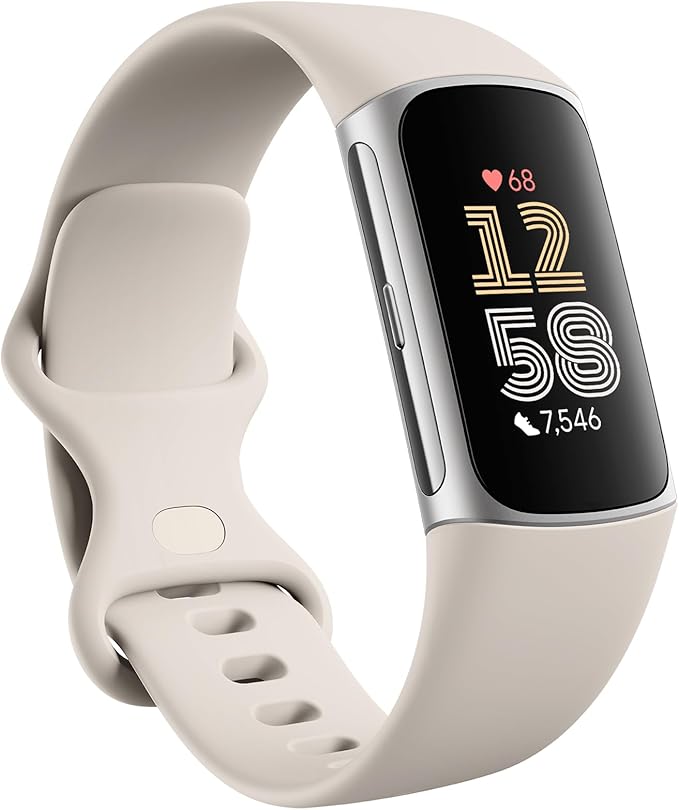
Fitbit Charge 6 tracks key metrics from calories and Active Zone Minutes to Daily Readiness and sleep[4]; move more with 40+ exercise modes, built-in GPS, all-day activity tracking, 24/7 heart rate, automatic exercising tracking, and more
- Garmin Forerunner 265: Runner’s dream—accurate GPS, training stats ($450).
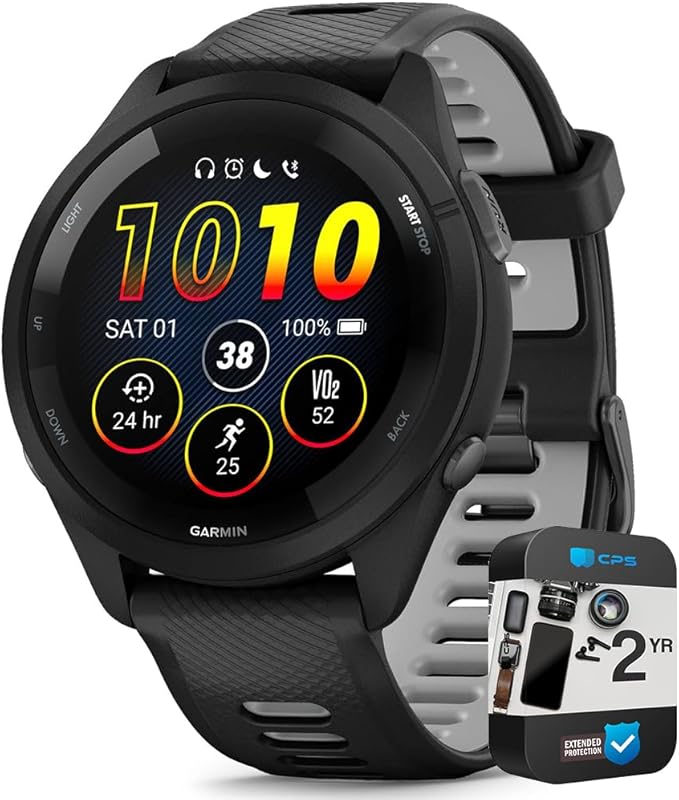
Morning Report; Race Adaptive Training Plans; Daily Suggested Workouts; Training Readiness, Training Status; HRV Status; Garmin Coach; Recovery Time; Sleep and more
- Apple Watch Series 10: iPhone users’ go-to—fitness plus smart features ($400).
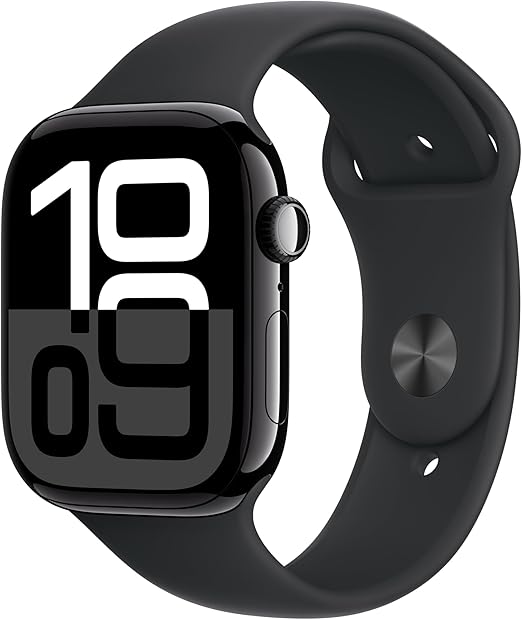
Cycle Tracking, Activity Tracker, GPS, Voice Control, Heart Rate Monitor
- Oura Ring 4: Sleep and recovery king—discreet, subscription-based ($349 + $6/month).
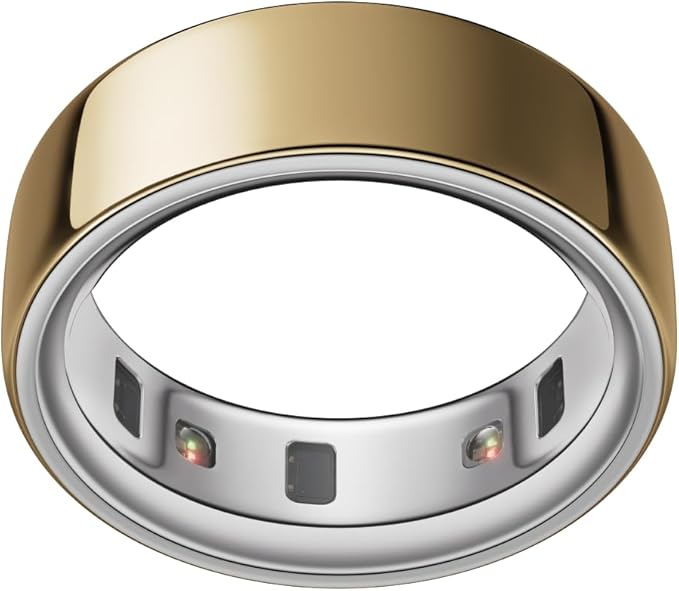
Heart Rate Monitor, Activity Tracker, Pedometer
- Whoop 4.0: Athlete-focused—strain and recovery, no screen ($239/year).
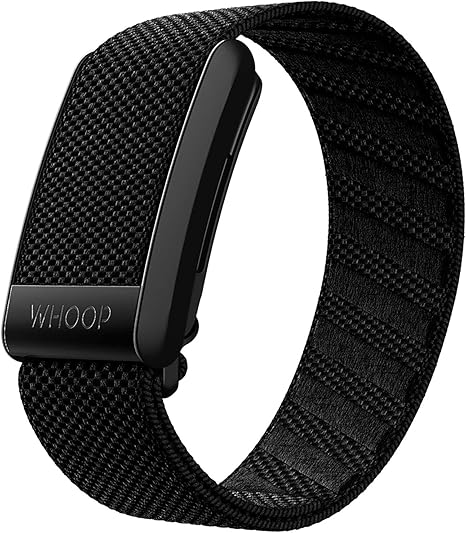
WHOOP is a unique wearable fitness device that offers continuous monitoring of physiological data, including heart rate, respiratory rate, resting heart rate, heart rate variability, skin temperature, blood oxygen levels, daily activity and sleep so users can better understand their overall health and wellness status and track their progress over time.
Dig into reviews on CNET, TechRadar, or Wired for expert takes. Scroll X or Reddit for real-user highs and lows—battery quirks, app gripes, comfort wins. Cross-check pros and cons to spot your fit.
AI in Fitness Trackers: The 2025 Game-Changer
Artificial Intelligence I is the buzzword for 2025 trackers, turning raw data into actionable advice. Whoop’s AI coach suggests recovery days based on strain.
Fitbit’s Premium app tailors workouts to your sleep patterns. Garmin’s Body Battery predicts energy peaks. Pros? Smarter training, less guesswork. Cons? Subscriptions often unlock full AI power—$6-$30/month adds up. If you love tech-driven nudges, prioritize AI. If not, basic tracking still delivers.
Connectivity: Wi-Fi, Bluetooth, and Beyond
Most trackers sync via Bluetooth to your phone—Android or iOS, check compatibility. Wi-Fi pops up in high-end models (e.g., Apple Watch) for faster updates or standalone use.
Some, like Fitbit, pair with scales for weight syncing. Pros: Seamless data flow, app integration. Cons: Bluetooth drains battery; Wi-Fi hikes cost. Ensure your tracker plays nice with your devices—iPhone users might lean Apple Watch, Android fans might pick Garmin.
How to Use Your Fitness Tracker
Got your pick? Here’s how to maximize it:
- Setup: Charge it, download the app, pair via Bluetooth/Wi-Fi.
- Personalize: Input height, weight, goals—accuracy starts here.
- Wear It Right: Wrist trackers need a snug fit; rings need sizing kits.
- Track Daily: Log workouts, meals, sleep—consistency is key.
- Review Data: Check apps weekly—spot trends, tweak habits.
Start small—steps or sleep—then explore advanced metrics as you go.
Pros and Cons of Fitness Trackers |
|
|---|---|
| Pros | Cons |
| Motivation: Goals and stats push you to move. | Cost Creep: Subscriptions or upgrades sting over time. |
| Insight: Sleep, heart rate, calories—know your body better. | Accuracy: Wrist-based HR or GPS can falter—chest straps beat them. |
| Versatility: From casual to pro, there’s a fit for all. | Battery Hassle: Daily charging (e.g., Apple Watch) annoys some. |
| Connectivity: Syncs with phones, scales, apps—data at your fingertips. | Overload: Too many metrics can overwhelm beginners. |
Utility: Who Needs a Fitness Tracker?
- Beginners: Simple trackers kickstart habits—steps, sleep, done.
- Athletes: GPS, HRV, and AI fine-tune performance.
- Health Buffs: SpO2, ECG, stress tracking spot issues early.
- Busy Bees: Reminders to move break sedentary ruts.
If you’re curious about your habits or chasing specific gains, a tracker’s worth it. Casual walkers might skip—your phone’s pedometer could suffice.
FAQs About Finding the Best Fitness Tracker 2025
The Fitbit Inspire 3 ($100) shines—simple, affordable, with steps, heart rate, and sleep tracking. No steep learning curve.
For basic needs, no—$50 gets you far. For GPS, AI, or durability (e.g., Garmin Fenix), yes—precision pays off.
Steps and distance? Pretty solid. Heart rate? Decent, but chest straps edge out wrist sensors. Sleep? Close, not perfect—rings like Oura lead here.
Not always. Garmin and Apple skip them; Whoop and Oura demand them ($6-$30/month) for full perks. Check fine print.
Some—like Apple Watch with Wi-Fi or Garmin with onboard maps—can. Most need Bluetooth syncing for full data.
Ranges from 18 hours (Apple Watch) to 30 days (Garmin Instinct). Pick based on charging tolerance.
For sleep and comfort, yes—Oura excels. For workouts or screens, no—wrist wins
Taking Your Time: Consider All the Factors
Finding the best fitness tracker 2025 offers isn’t a race—it’s a deliberate choice. Start with your goals: health, strength, speed? Map features to needs—GPS for runners, calorie logs for dieters. Weigh your lifestyle—desk job or trailblazer?
Set a budget, then dig into models and reviews. AI and connectivity add flair, but basics still work wonders. Pros (motivation, insights) outweigh cons (cost, complexity) if you pick smart. Take your time, weigh the factors, and you’ll land a tracker that fits like a glove—or a ring. Happy tracking!

